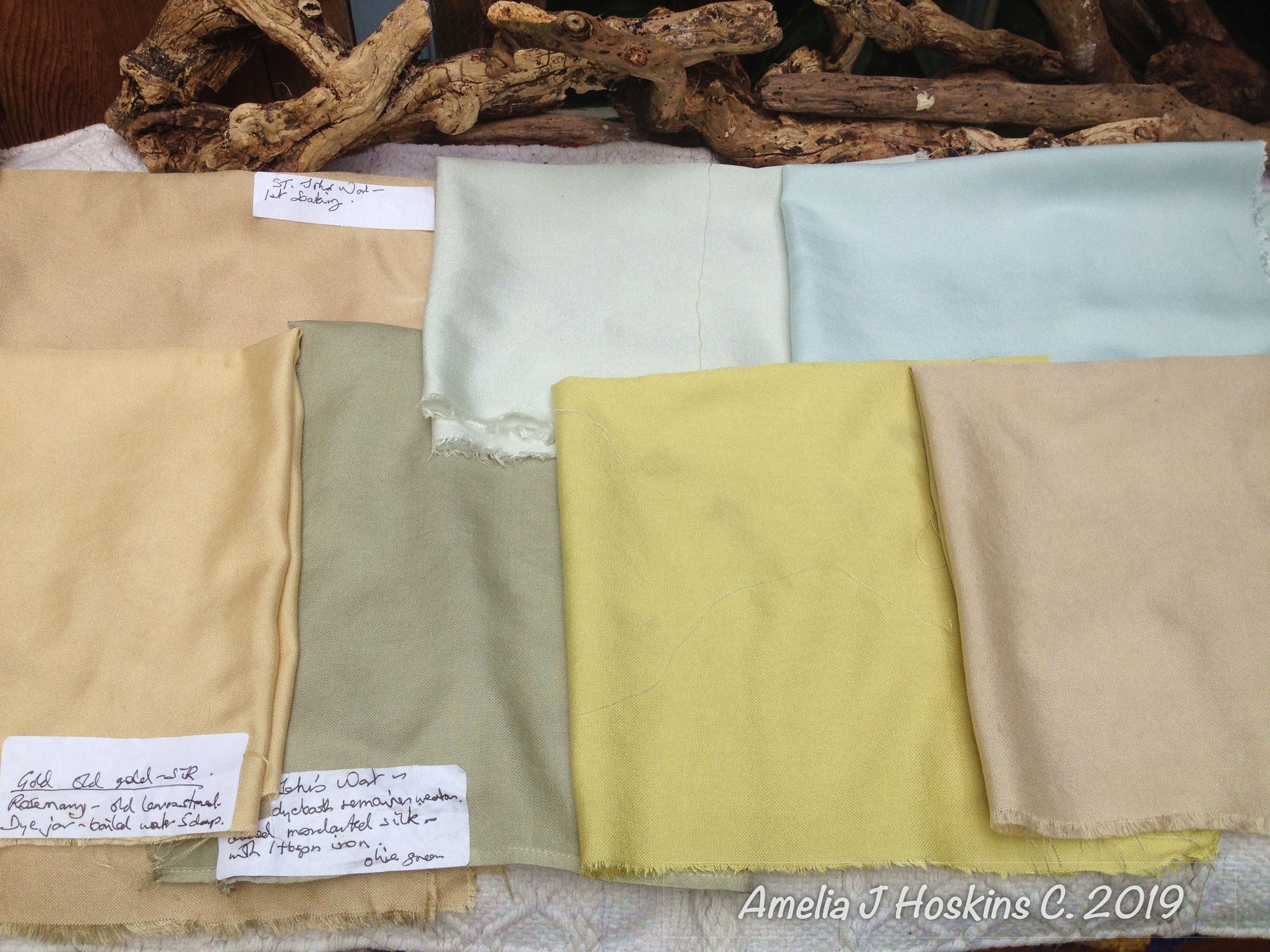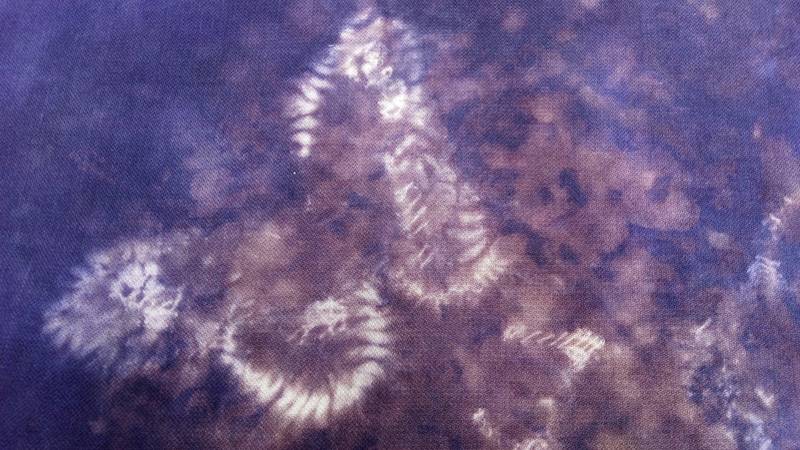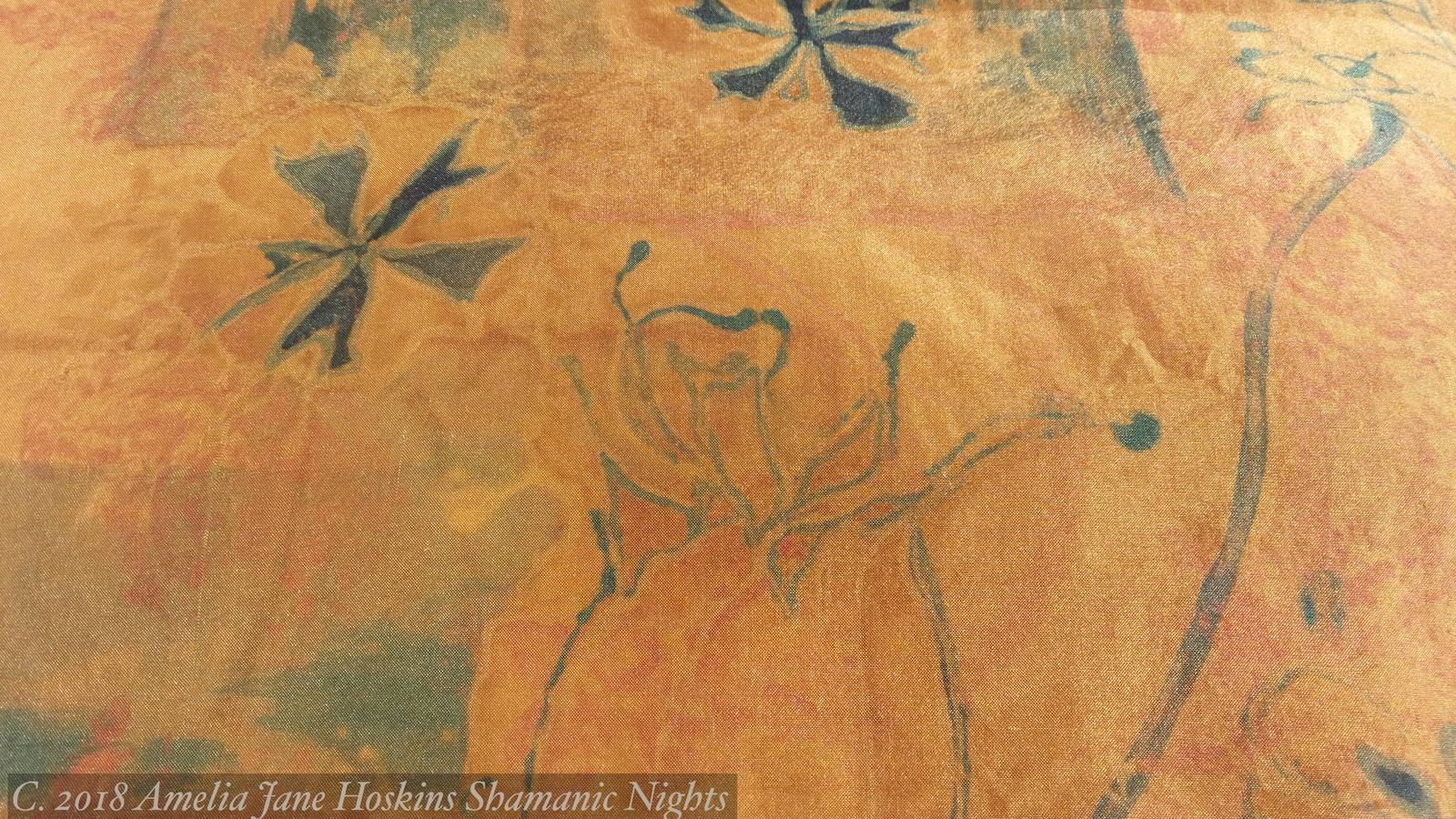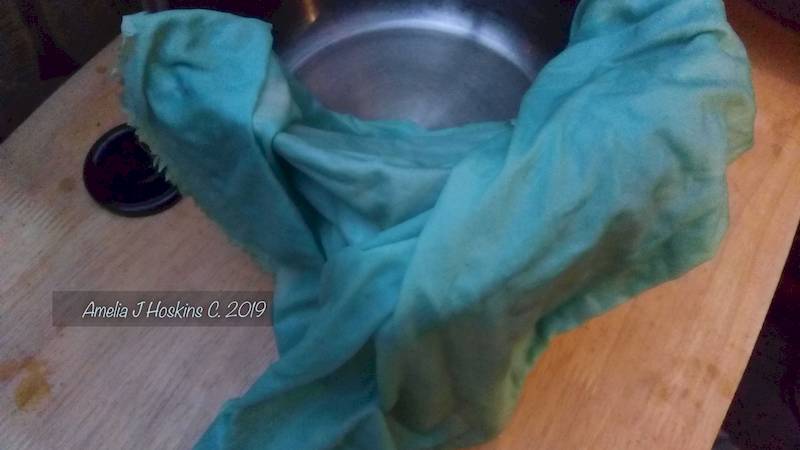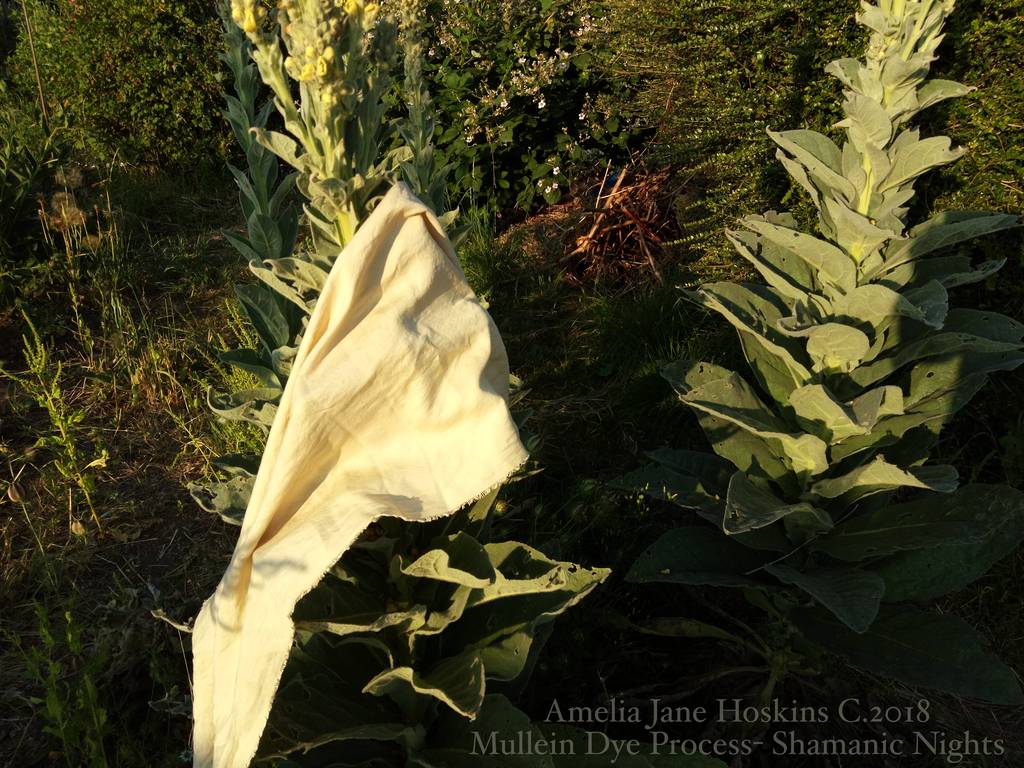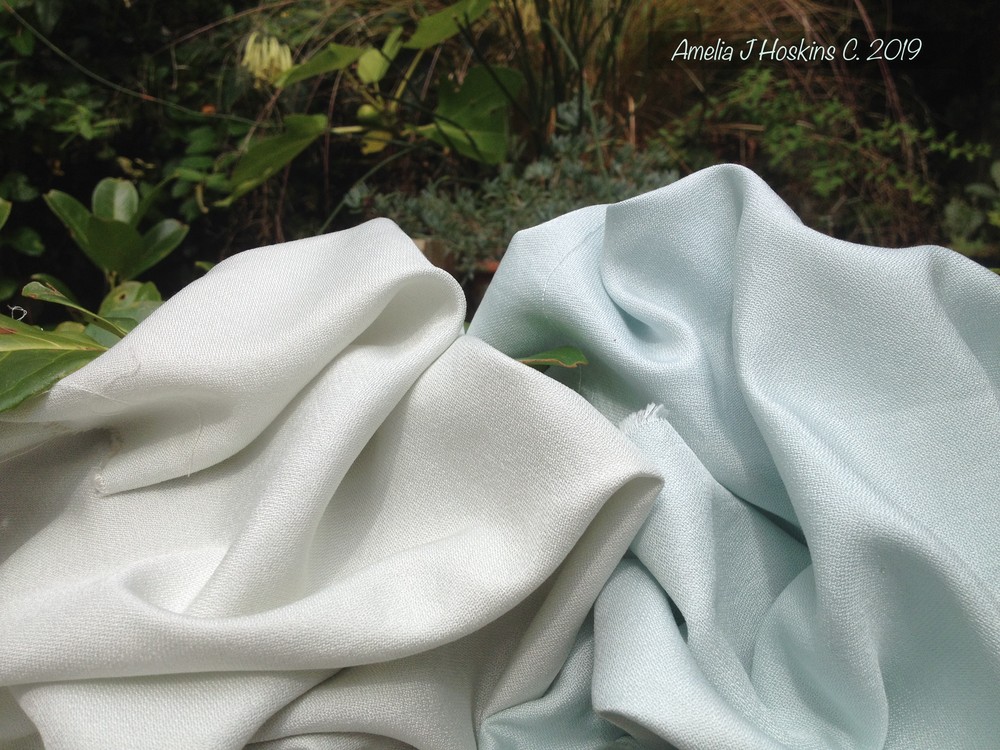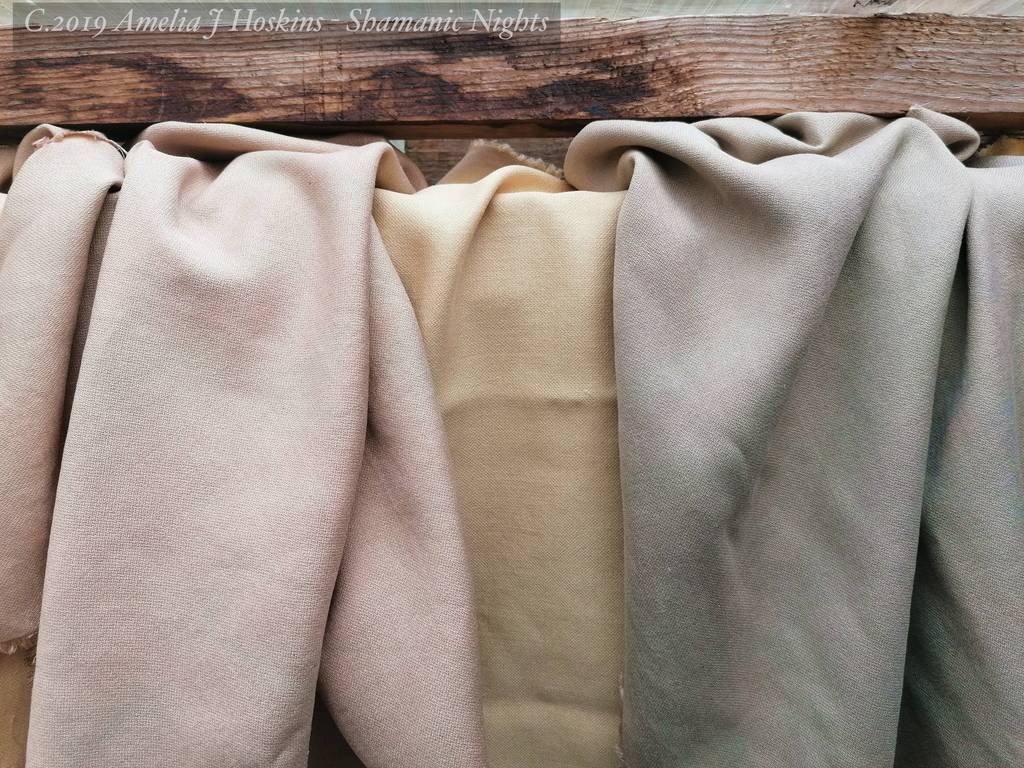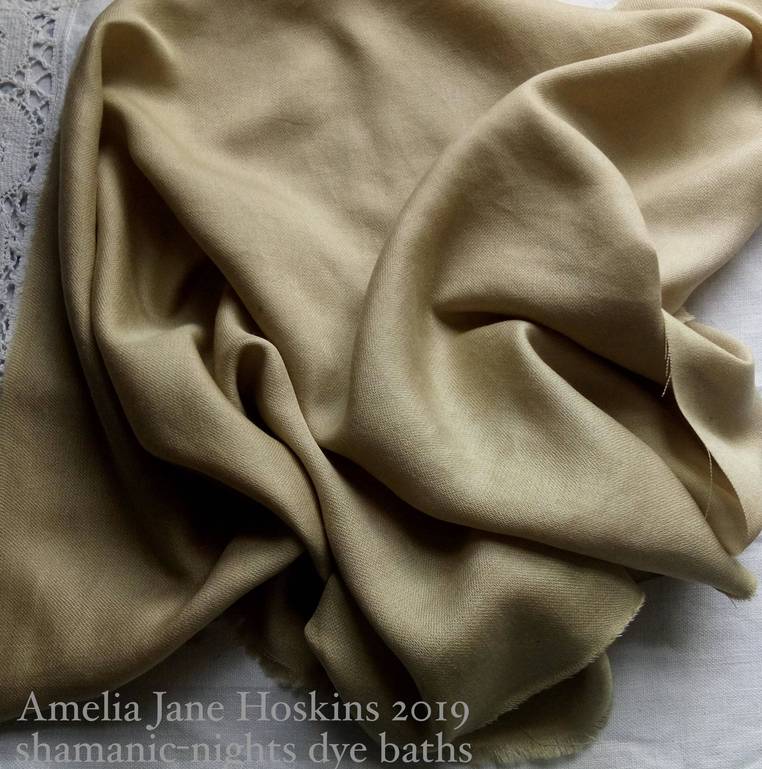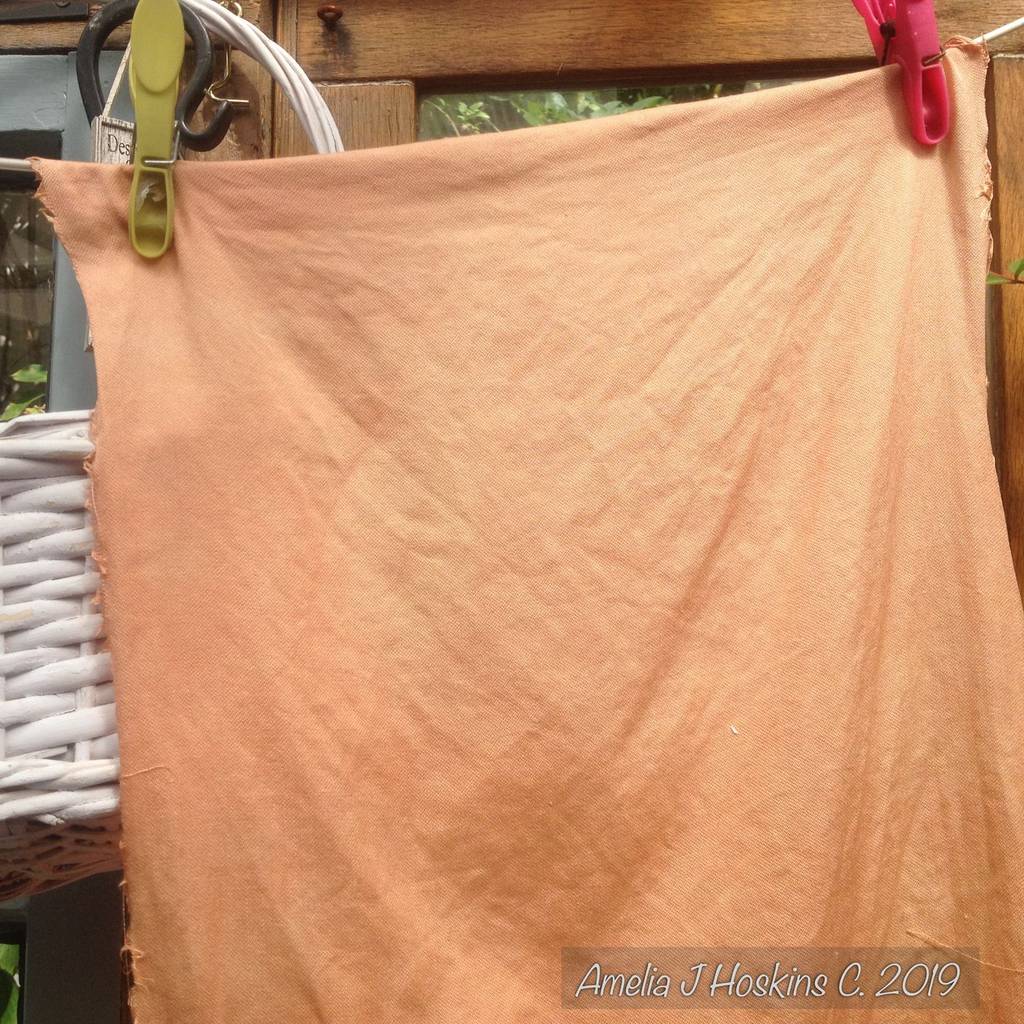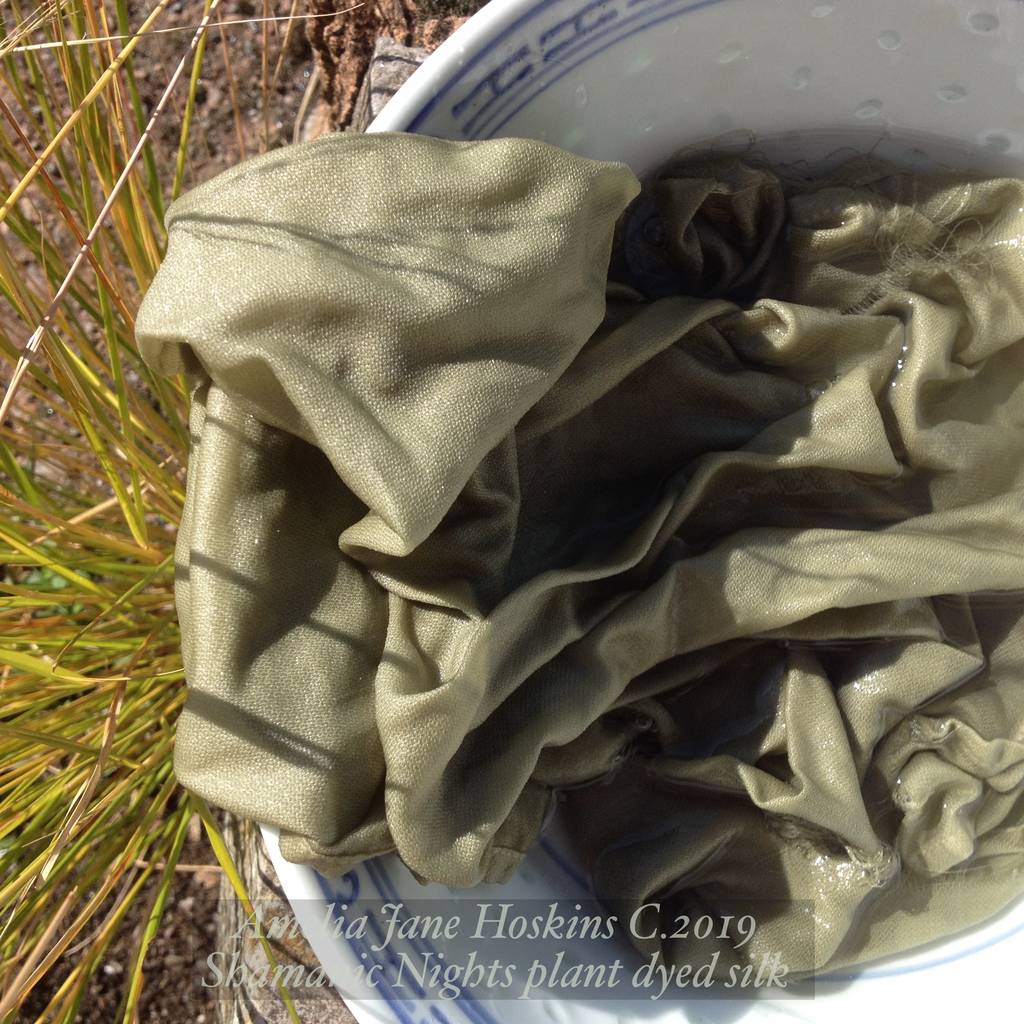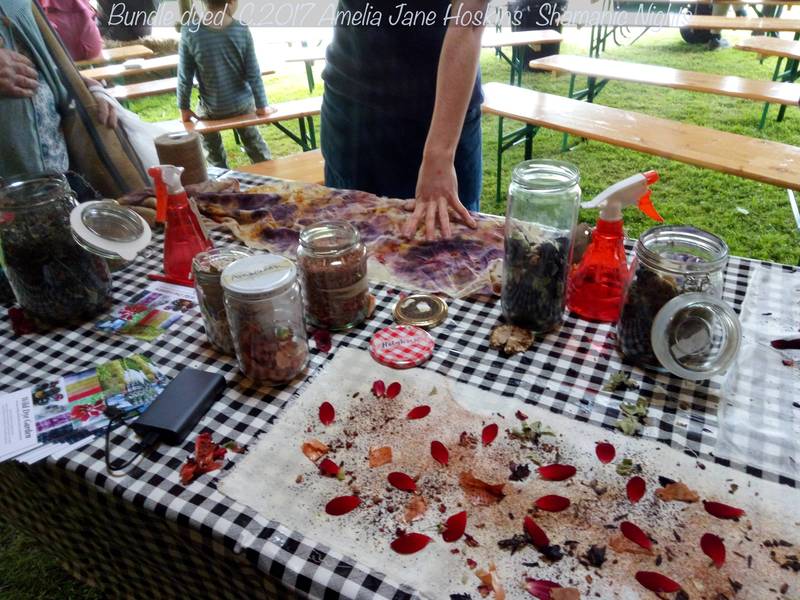10
Sep
All Natural Plant Dye Processes
CREAM - GOLD - BLUE on Ahimsa Silk
Most plant dyes produce cream or gold, dyed cold or hot. They can be modified to turn darker and some modified to turn green. Mordants are used to soak silk in first. Modifiers are used after dye. Blue is only achieved with English Woad.
DYE POSTS NAVIGATION MENU – Click Titles to individual Posts with recipes, dye bath process and results
- Hawthorn Comfrey St Johns Wort wool and silk 2023-24
- All Natural Plant Dye Processes
- Hawthorn Berries Three Rivers Dyed Silk
- Eucalyptus bark dyed silk
- St-Johns Wort Plant Collecting and Dye Bath
- Alder Tree Cone Dye
- Walnut Husks Dyed Silk
- Silk dyed with Comfrey leaves
- Logwood Dyed Silk
- Mullein Dyed Silk
- Avocado Pits Dyed Silk
- Tansy dyed silk
- Ladies bedstraw Dyed Silk
- Comfrey Soy Waxed Roses
- Flora’s Plant dye foraging workshop
- Dye Plant Collection
Dyed samples: Logwood purple - Eucalyptus deep gold - Woad blue - Mullein light gold - Woad blue - Hawthorn gold beiges - Iron modified - Ladies Bedstraw orange
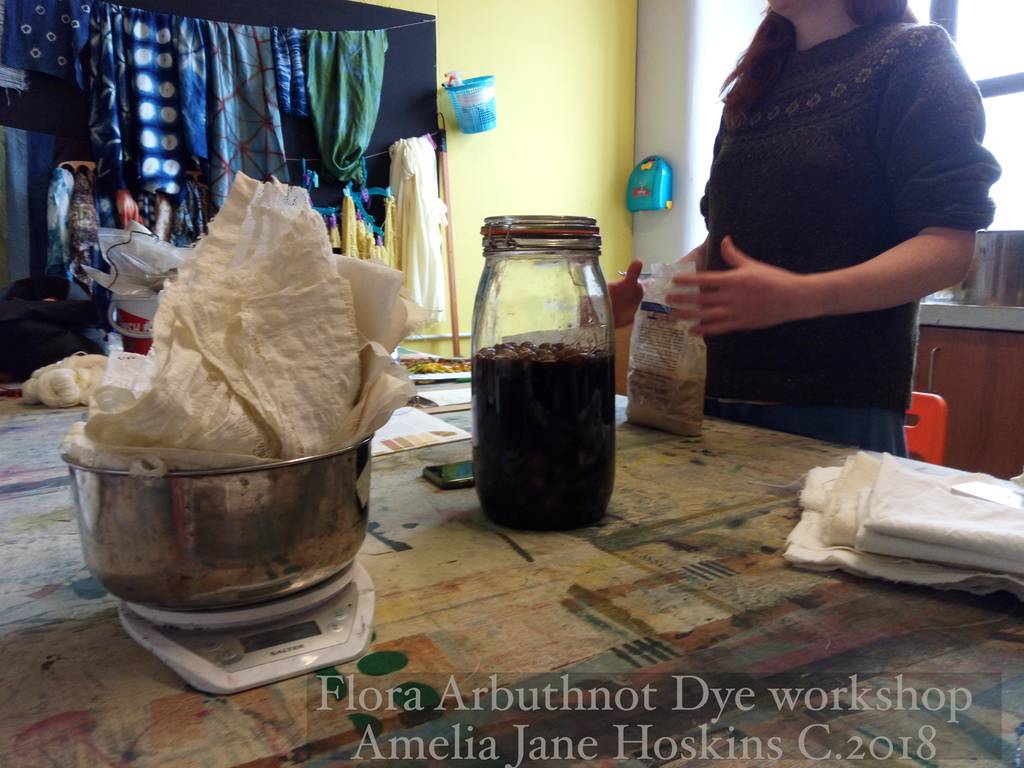
Flora Arbuthnot's Dye Workshop
My dye experiments were inspired by first workshop attended. We foraged locally for leaves and bark. Flora taught us about mordants to soak fabric in prior to dyeing. See samples on Post.
Flora Arbuthnot's Bundle Dye Workshop
Bundle dyeing by steam was a quick workshop at a garden festival. Petals and seeds were spread on cloth, sprayed with vinegar, folded in tightly wrapped bundles and suspended over steaming pot. Excellent results for backgrounds, seen on this Post background. See samples on Post.
